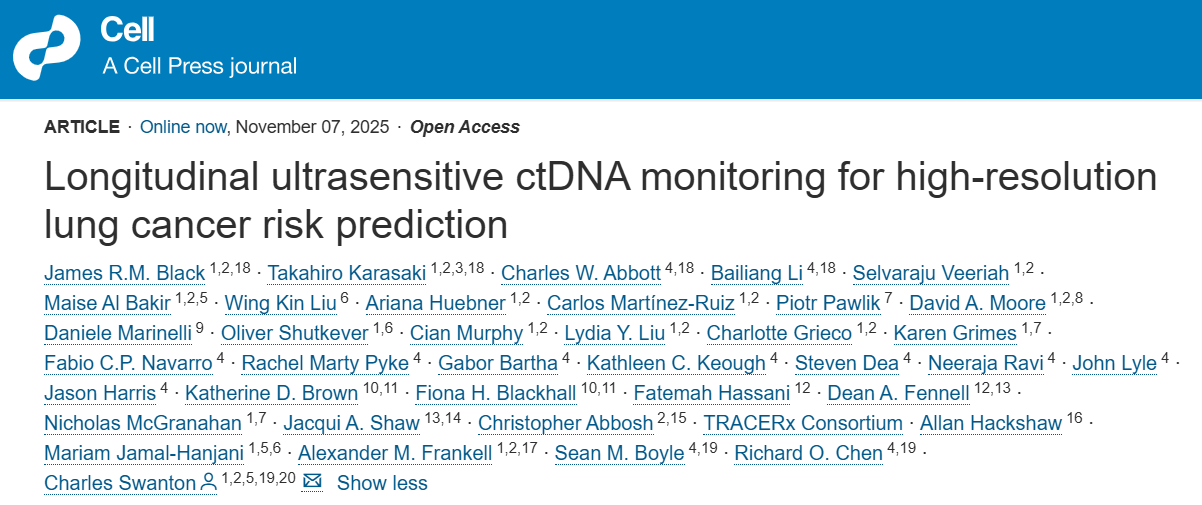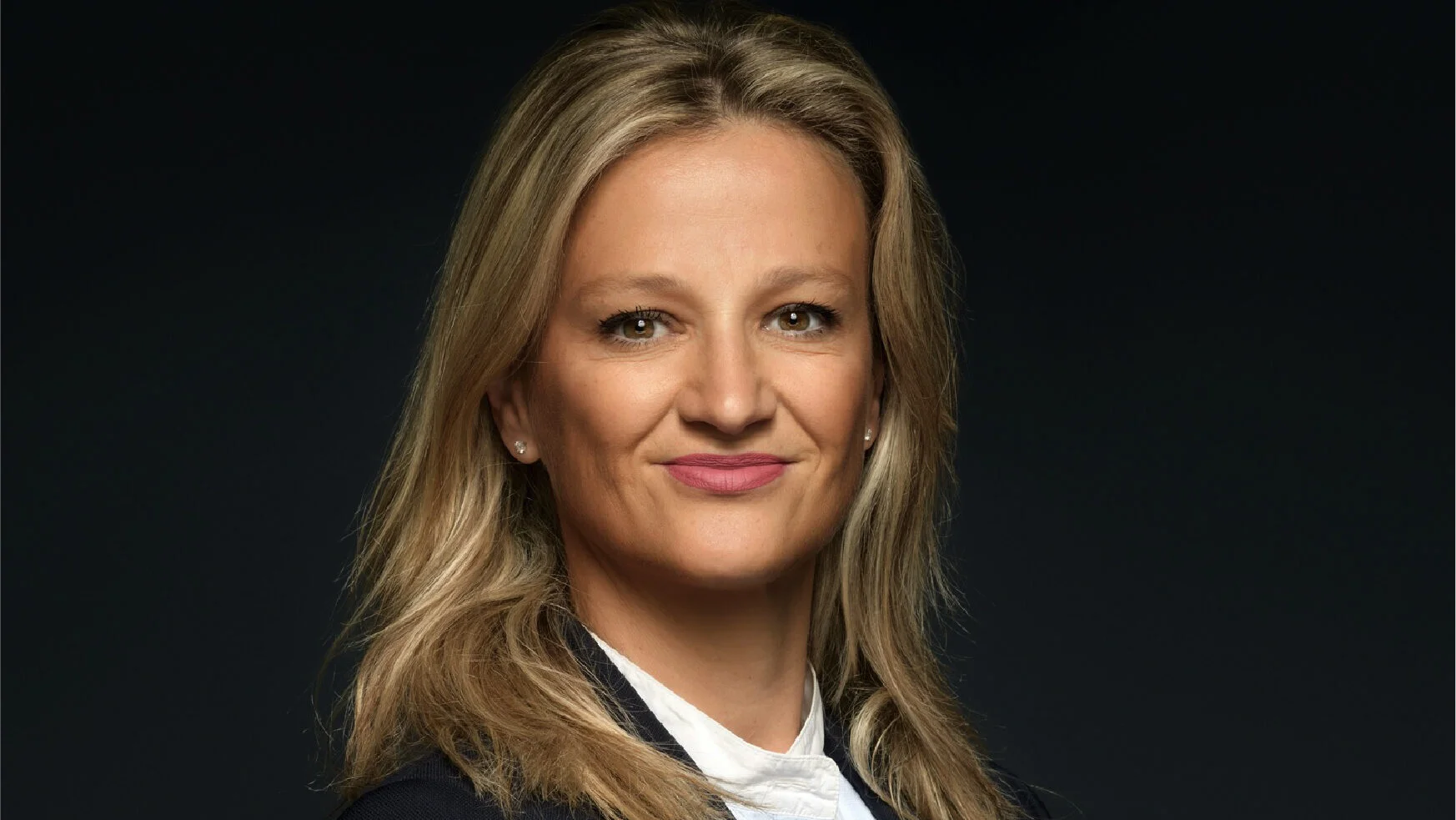Svetlana Nikic, Founder of Precision Oncology Consulting, shared a post on LinkedIn:
“Even after curative-intent surgery and systemic therapy, too many NSCLC patients relapse. Tumour-informed ctDNA assays with ultrasensitive detection limits offer a sharper view of risk and treatment benefit.
Here’s a recommended read for this Monday if you’re working/are interested in minimal residual disease MRD detection:
‘Longitudinal ultrasensitive ctDNA monitoring for high-resolution lung cancer risk prediction’ by Charles Swanton and Personalis, Inc.
What the study found:
- A single post-operative ‘landmark’ test at 10–120 days stratifies patients into three groups: 1) not detected ->lower risk, <80 ppm -> intermediate risk, and ≥80 ppm -> high risk.
- Patients in the <80 ppm group appear more likely to benefit from adjuvant chemotherapy, suggesting a lower residual disease burden that is more treatable.
- Clearing ctDNA during adjuvant therapy is a good sign; patients who clear do better than those who remain ctDNA-positive (concordant with other studies).
- Patients who completed 4 cycles of adjuvant chemotherapy were more likely to clear ctDNA than those receiving fewer cycles.
- Pre-operative ctDNA status still matters later: it helps stratify risk even when the post-operative landmark test is negative, particularly in lung adenocarcinoma.
What this could mean for future management of NSCLC patients:
- Use pre-op status plus the post-op landmark to guide surveillance intensity and to inform adjuvant strategy.
- Prioritise ctDNA clearance as a meaningful response signal.
Two things are needed:
- Prospective clinical trials to demonstrate whether escalation/de-escalation of adjuvant therapy based on ctDNA levels (including the <80 ppm intermediate-risk) improves patient outcomes …and
- Standardization of the ultrasensitive MRD approaches.”
Title: Longitudinal ultrasensitive ctDNA monitoring for high-resolution lung cancer risk prediction
Authors: James R.M. Black, Takahiro Karasaki, Charles W. Abbott, Bailiang Li, Selvaraju Veeriah, Maise Al Bakir, Wing Kin Liu, Ariana Huebner, Carlos Martínez-Ruiz, Piotr Pawlik, David A. Moore, Daniele Marinelli, Oliver Shutkever, Cian Murphy, Lydia Y. Liu, Charlotte Grieco, Karen Grimes, Fabio C.P. Navarro, Rachel Marty Pyke, Gabor Bartha, Kathleen C. Keough, Steven Dea, Neeraja Ravi, John Lyle, Jason Harris, Katherine D. Brown, Fiona H. Blackhall, Fatemah Hassani, Dean A. Fennell, Nicholas McGranahan, Jacqui A. Shaw, Christopher Abbosh, Allan Hackshaw, Mariam Jamal-Hanjani, Alexander M. Frankell, Sean M. Boyle, Richard O. Chen, and Charles Swanton
You can read the Full Article in Cell.

More posts featuring Svetlana Nikic.
